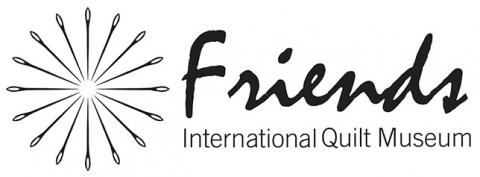Beauty of Hilo Bay
Beauty of Hilo Bay
Circa 1930-1950
Hawai'i, United States
2005.015.0001
European and American missionaries brought Western-style quiltmaking to the Hawaiian Islands in the late nineteenth century. The Hawaiian natives already possessed a quilted textile tradition, called kapa moe, but these pieces were not pieced or appliquéd, rather they were painted with natural dyes depicting motifs based on natural forms.
Although no firm documentary evidence has yet been found, missionaries also may have brought papercutting as well as scherenschnitte-style quilts to Hawai'i. At least one scherenschnitte album quilt is known to have been made by a mission society for a minister who was preparing to leave for Hawai'i.
However they were introduced to the technique, by the 1870s Hawaiian women began to create fold-and-cut appliqué motifs for quiltmaking.
Unlike the American scherenschnitte quilts, Hawaiian quiltmakers covered the entire surface of their quilts with a single large motif rather than a series of smaller ones. This format, distinct from any other appliqué tradition, makes Hawaiian quilts unique in the world of quiltmaking, as do their unique appliqué designs.
Hawaiian women look to native vegetation for inspiration in creating their cut-out motifs, creating strikingly original patterns like awapuhi (red ginger) and ahinahina (silversword). Hawaiian quiltmakers transformed a skill they had acquired from outsiders into a quintessentially Hawaiian art form.
This quilt was featured in our inaugural exhibition, “Quilts in Common: Around the Globe and Across the Centuries.”
















